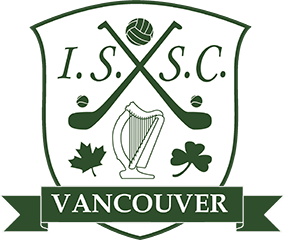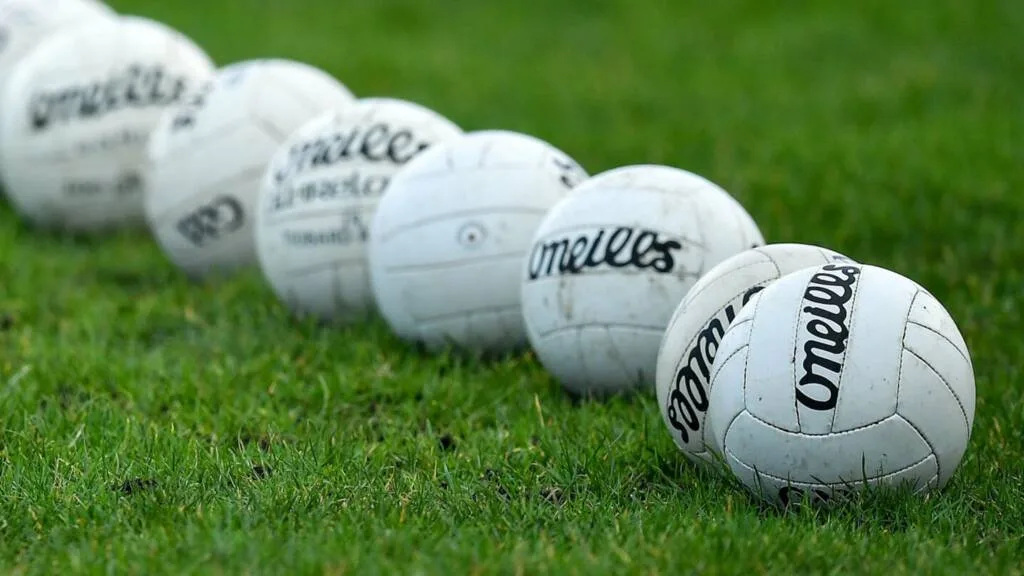Gaelic Football is a distinctly Irish field invasion game played with a round football which can be caught, kicked and hand passed.
Equipment
The ball used in Gaelic Football is round, slightly smaller than a soccer ball.
Playing Rules
The ball can be carried in the hand for a distance of four steps and can be kicked or “hand-passed”, a striking motion with the hand or fist. After every four steps the ball must be either bounced or “solo-ed”, an action of dropping the ball onto the foot and kicking it back into the hand. You may not bounce the ball twice in a row. Players may contest for the ball by playing it with the hand or by shoulder charging an opponent side-to-side.
Scoring
To score, you put the ball over the crossbar by foot or fist for one point or under the crossbar and into the net by foot or the hand / fist in certain circumstances for a goal, the latter being the equivalent of three points.
A goal is signalled by raising a green flag and a point is signalled by raising a white flag.
Officiating
Officials for a game comprise of a referee, two linesmen (to indicate when the ball leaves the field of play at the side and to mark ’45’ free kicks and four umpires (to signal scores, assist the referee in controlling the games, and to assist linesmen in positioning ’45’ frees).

